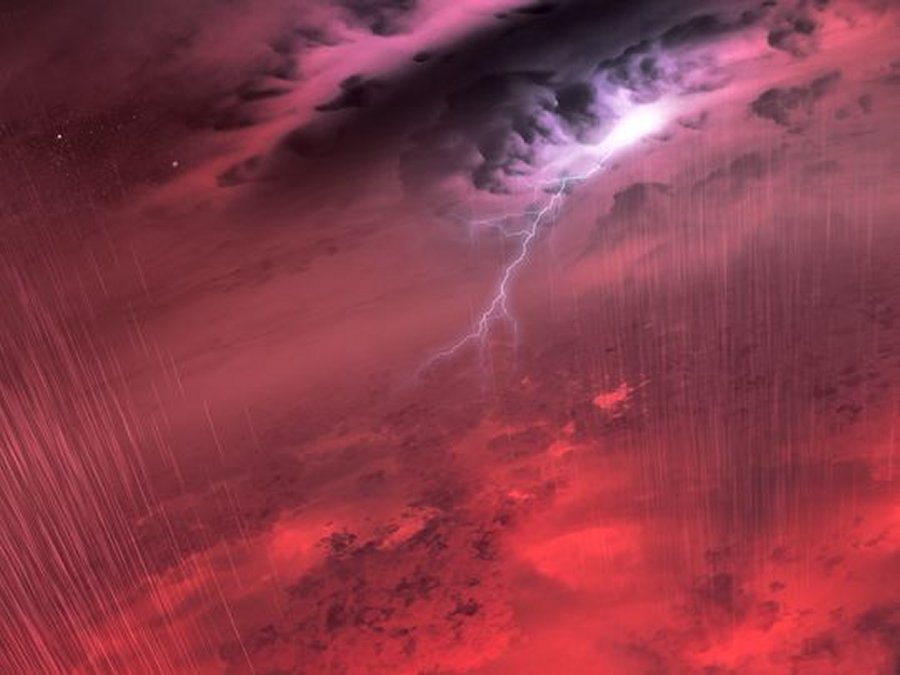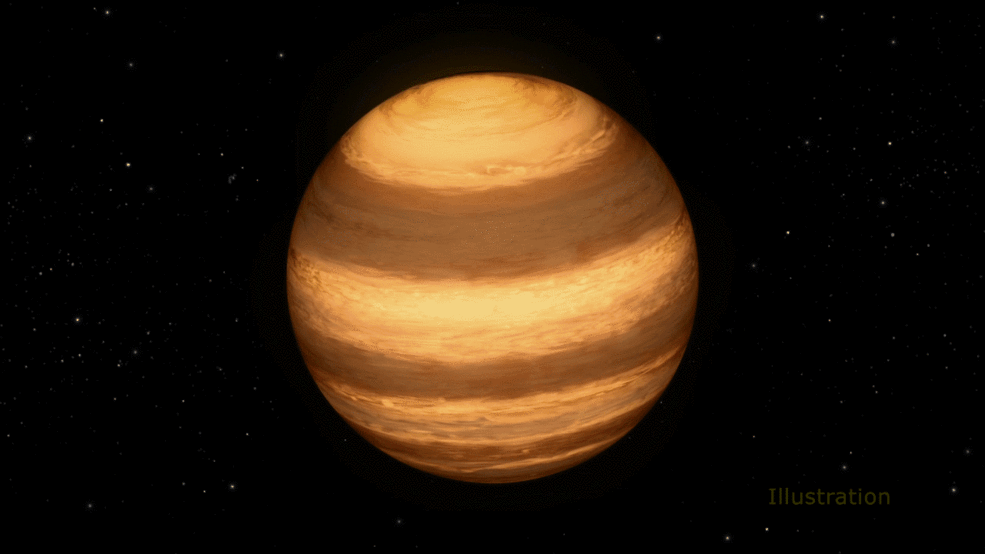MessageToEagle.com – Astronomers, using data from NASA’s Spitzer and Kepler space telescopes, have discovered a tiny star with a giant, cloudy storm, very similar to Jupiter’s Great Red Spot: a persistent, raging storm larger than Earth.
While planets have been known to have cloudy storms, this is the best evidence yet for a star that has one.

“The star is the size of Jupiter, and its storm is the size of Jupiter’s Great Red Spot,” said John Gizis of the University of Delaware, Newark, the lead author of a new study appearing in The Astrophysical Journal.
“We know this newfound storm has lasted at least two years, and probably longer.”
The star W1906+40, which belongs to a thermally cool class of objects called L-dwarfs, is thought to be a star based on estimates of its age (the older the L-dwarf, the more likely it is a star).

Its temperature is about 3,500 degrees Fahrenheit (2,200 Kelvin). That may sound scorching hot, but as far as stars go, it is relatively cool.
Cool enough, in fact, for clouds to form in its atmosphere.
NOTE: Some L-dwarfs are considered stars because they fuse atoms and generate light, as our sun does, while others, called brown dwarfs, are known as “failed stars” for their lack of atomic fusion.
“The L-dwarf’s clouds are made of tiny minerals,” said Gizis.
The L-dwarf had initially been discovered by NASA’s Wide-field Infrared Survey Explorer in 2011.
The researchers plan to look for other stormy stars and brown dwarfs using Spitzer and Kepler in the future.
“We don’t know if this kind of star storm is unique or common, and we don’t why it persists for so long,” said Gizis.
MessageToEagle.com
via NASA






